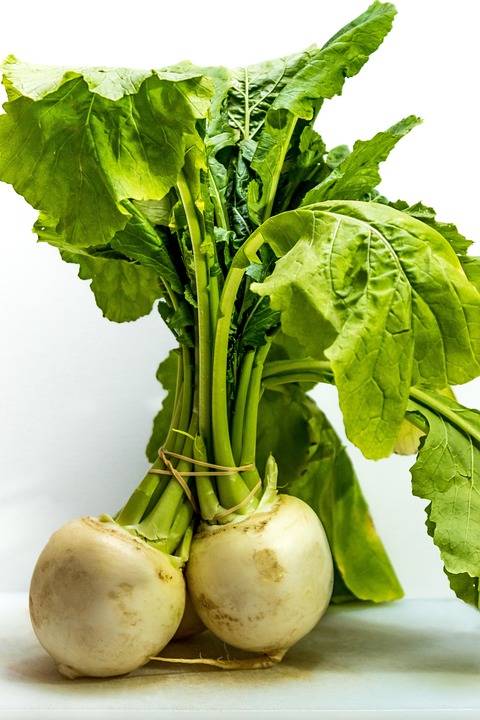Introduction
Climate change is a significant global issue that is impacting various sectors, including agriculture. Turnip farming, like other crops, faces challenges due to changing weather patterns, extreme temperatures, and unpredictable rainfall. In this report, we will delve into the specific challenges faced by turnip farmers and explore adaptation strategies to mitigate the effects of climate change.
Climate Change Impact on Turnip Farming
Climate change has led to an increase in temperatures, altered precipitation patterns, and more frequent extreme weather events. These changes have a direct impact on turnip farming. Turnips are cool-season crops that thrive in moderate temperatures and require adequate water for growth. However, rising temperatures and erratic rainfall patterns can disrupt the growth and development of turnips, leading to reduced yields and poor quality produce.
Specific Challenges Faced by Turnip Farmers
1. Heat Stress: Turnips are sensitive to high temperatures, which can cause heat stress and inhibit their growth. Heatwaves can lead to wilting, reduced photosynthesis, and decreased nutrient uptake in turnip plants.
2. Water Scarcity: Erratic rainfall patterns and droughts can result in water scarcity for turnip farmers. Insufficient water availability can stunt growth, reduce yields, and impact the overall quality of turnips.
3. Pests and Diseases: Climate change can also exacerbate pest and disease pressures on turnip crops. Warmer temperatures can create favorable conditions for pests to thrive, leading to increased infestations and crop damage.
Adaptation Strategies for Turnip Farmers
To cope with the challenges posed by climate change, turnip farmers can implement various adaptation strategies:
1. Crop Diversification
Diversifying crops can help turnip farmers reduce their reliance on a single crop and spread their risks. By growing a variety of crops, farmers can better adapt to changing climate conditions and market demands.
2. Irrigation Management
Implementing efficient irrigation systems and water management practices can help turnip farmers cope with water scarcity. Drip irrigation, rainwater harvesting, and mulching are effective strategies to conserve water and ensure optimal moisture levels for turnip crops.
3. Integrated Pest Management
Adopting integrated pest management (IPM) practices can help turnip farmers control pest and disease outbreaks without relying heavily on chemical pesticides. IPM involves monitoring pest populations, using natural predators, and implementing cultural practices to minimize pest damage.
4. Soil Health Management
Maintaining soil health is crucial for the productivity of turnip crops. Practices such as crop rotation, cover cropping, and organic matter addition can improve soil fertility, structure, and water-holding capacity, enhancing the resilience of turnip plants to climate stress.
Conclusion
In conclusion, climate change poses significant challenges to turnip farming, impacting crop yields, quality, and profitability. By implementing adaptation strategies such as crop diversification, irrigation management, integrated pest management, and soil health management, turnip farmers can enhance their resilience to climate change and ensure the sustainability of their farming operations. It is essential for farmers, policymakers, and researchers to collaborate and develop innovative solutions to address the impacts of climate change on agriculture.




